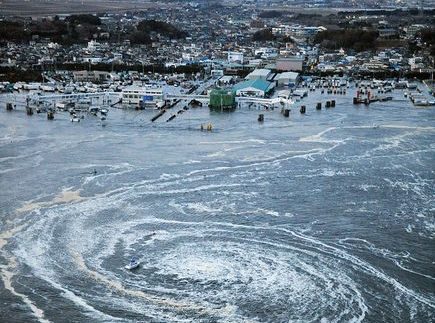By Bret Yager, West Hawaii Today
The forces of nature that help make Hawaii an interesting place to live can turn deadly at the drop of a hat. The island has been washed with tsunami, wracked by earthquakes, hit head on by a tropical storm and brushed by hurricanes.
And there’s always the lava. It stopped on the very outskirts of Pahoa in 2014, and though it tends to move slowly, the 1950 Mauna Loa lava flows in South Kona and Ka‘u are proof the volcanoes can send thousands of tons of molten rock to the ocean in a matter of a few hours.
It’s better to prepare for next time like it’ll happen tomorrow than to hope history won’t repeat itself.
That’s the underlying message of a natural disaster preparedness workshop to be held 9-11:30 a.m. July 9 at the West Hawaii Civic Center Council Chambers. Kona Rep. Nicole Lowen and District 1 Rep. Mark Nakashima are teaming up with Civil Defense, the National Weather Service and University of Hawaii Sea Grant to help people get a handle on preparations for emergency supply kits, plans for evacuating and sheltering in place, insurance issues and home retrofitting.
Given that the island’s emergency shelters have enough space for only a fraction of Hawaii County residents, that many homes are single-wall and not built to withstand heavy wind or shaking, and that a sudden blow to power lines, roads and other infrastructure won’t be quickly repaired — being prepared to withstand a couple of weeks without much assistance from the outside is a smart idea, emergency officials have maintained.

Ed Teixeira said that increasing shelter capacity is one of his top priorities in his new post as chief of Hawaii County Civil Defense. There are 32 emergency shelter sites around the Big Island, some of them comprised of multiple buildings like schools. Hawaii Emergency Management pegs their capacity at around 44,000 individuals.
“It’s important to increase capacity,” Teixeira said.
He’ll be talking nuts and bolts of disaster preparation in July 9, giving an overview of what residents should expect at shelters and touching on lessons learned from Tropical Storm Iselle, among other topics.
“It’s the beginning of hurricane season, so what better time to be prepared?” Lowen said. “We dodged a bullet last year with so many storms and no direct hits, but we can’t expect we’ll always be so lucky. Being prepared in advance saves lives and taxpayer dollars too.”
Cover Image Credit


